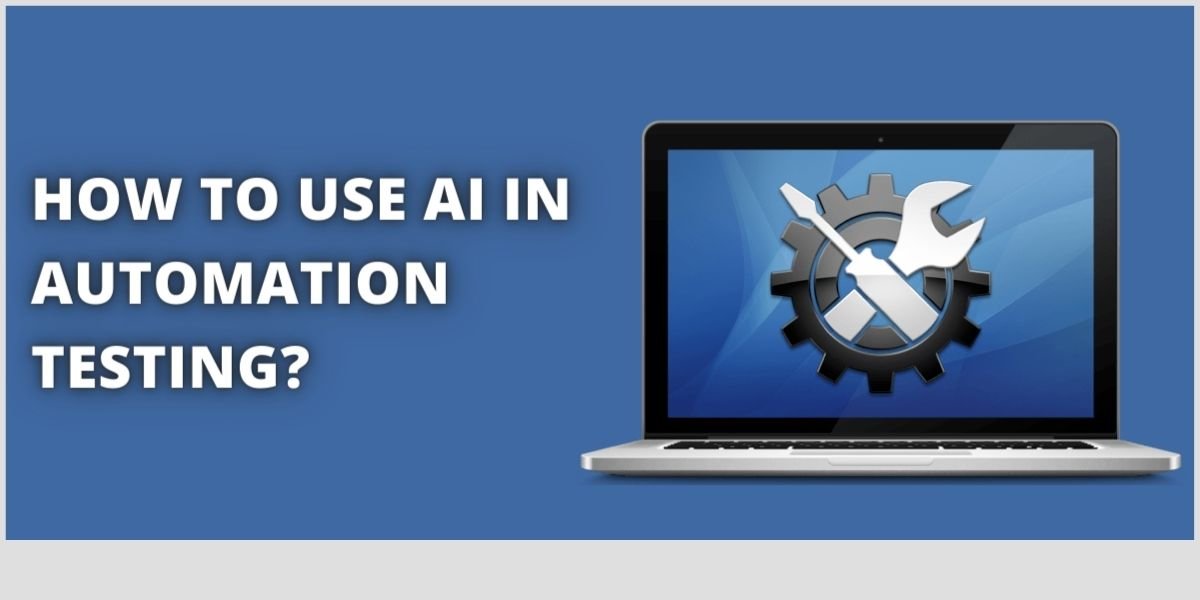As technology advances, businesses are looking for ways to optimize their processes and deliver better products and services to their customers. One of the ways to achieve this is through automation testing, which helps to ensure the quality of software products and applications. However, traditional automation testing has its limitations, which is where artificial intelligence (AI) comes in.
AI is the simulation of human intelligence in machines that are programmed to think and learn like humans. AI is designed to analyze data, recognize patterns, and make decisions based on that data. This makes AI a valuable tool for tester & automation testing services provider companies, as it can improve the accuracy, speed, and efficiency of the testing process.
How AI Can Help in Automation Testing?
AI can be used in automation testing in various ways, including:
- AI-based test case selection
AI algorithms can help to select the most relevant and efficient test cases for a given application, reducing the time and effort required for testing.
- AI-based test data generation
AI can be used to generate test data automatically, reducing the need for manual data entry and increasing the accuracy of the testing process.
- AI-based test result analysis
AI can analyze test results and provide insights into areas that need improvement, allowing for faster and more accurate decision-making.
Steps to Implement AI in Automation Testing
Implementing AI in automation testing involves the following steps:
- Step 1: Define test objectives and scope
The first step in implementing AI in automation testing is to define the test objectives and scope. This involves identifying the requirements and goals of the testing process, as well as the specific areas of the application that need to be tested.
- Step 2: Identify suitable AI-based testing tools
Once the objectives and scope are defined, the next step is to identify suitable AI-based testing tools. There are various AI-based testing tools available, each with its own strengths and weaknesses.
- Step 3: Prepare the test environment
Preparing the test environment involves setting up the necessary hardware and software infrastructure for testing, including installing the AI-based automation testing tools and configuring the test environment.
- Step 4: Generate test data
Advantages of using AI in Automation Testing
Using AI in automation testing offers several benefits, including:
1. Improved Test Coverage
AI-powered testing can analyze vast amounts of data and identify patterns, allowing for more thorough and accurate testing. This can improve test coverage and help ensure that all possible test scenarios are covered, reducing the likelihood of bugs slipping through the cracks.
2. Increased Speed and Efficiency
Traditional testing methods can be time-consuming and resource-intensive, particularly when testing large and complex applications. AI-powered testing, on the other hand, can automate many of the testing processes, allowing for faster and more efficient testing.
3. Better Accuracy
AI algorithms can analyze data with a level of accuracy that is difficult to achieve through manual testing. This can help identify potential issues earlier in the testing process, reducing the risk of bugs and errors making it into the production environment.
4. Cost Savings
By automating testing processes, companies can save on testing costs, as fewer resources are needed to perform testing tasks. Additionally, identifying and fixing bugs earlier in the development process can save on the costs associated with fixing bugs after release.
Disadvantages of using AI in Automation Testing
While AI-powered testing offers many benefits, there are also some potential downsides to consider:
1. Initial Setup Costs
Implementing AI-powered testing can require a significant upfront investment, particularly for companies that are new to AI and do not have existing AI capabilities.
2. Training and Expertise
Developing and implementing AI-powered testing requires specialized expertise and training, which can be a barrier for some organizations. Additionally, finding qualified professionals with expertise in both AI and testing can be challenging.
3. Limited Test Scope
While AI-powered testing can automate many testing tasks, there are still some aspects of testing that require human intervention. This means that AI-powered testing may not be able to fully replace manual testing in all cases.
4. Lack of Transparency
AI algorithms can be complex and difficult to understand, making it difficult to determine how they arrived at a particular result. This lack of transparency can make it difficult to identify and fix potential issues with the testing process.
Conclusion
Artificial intelligence is transforming the world of software testing, allowing for faster, more efficient, and more accurate testing. By automating testing processes, independent software testing companies can save on testing costs, identify and fix bugs earlier in the development process, and improve overall product quality.
However, there are also potential downsides to consider, including the initial setup costs, the need for specialized expertise, and the limited scope of AI-powered testing. Ultimately, the decision to use AI in automation testing should be based on a careful consideration of these factors and an assessment of the specific needs and goals of the organization.

